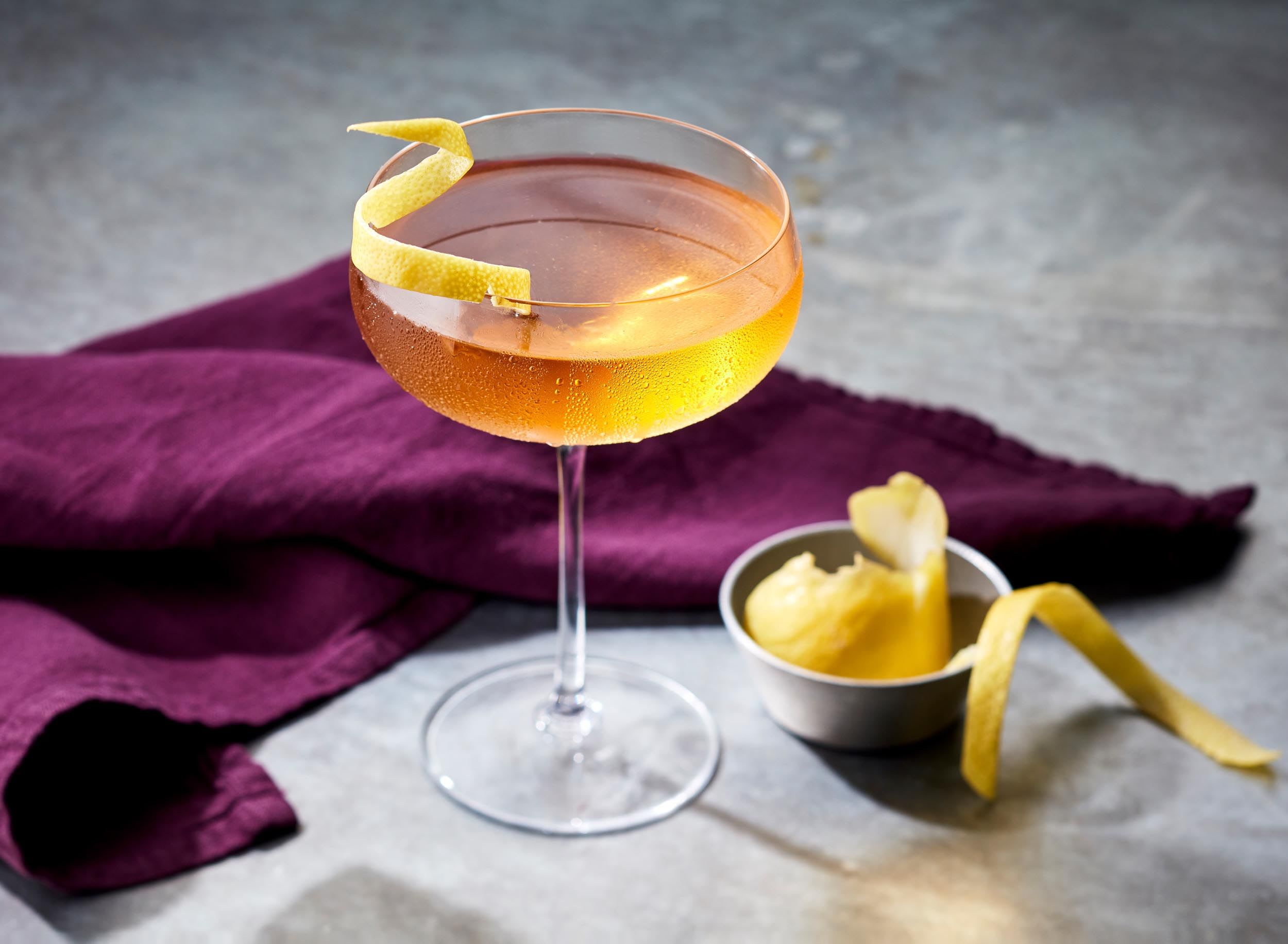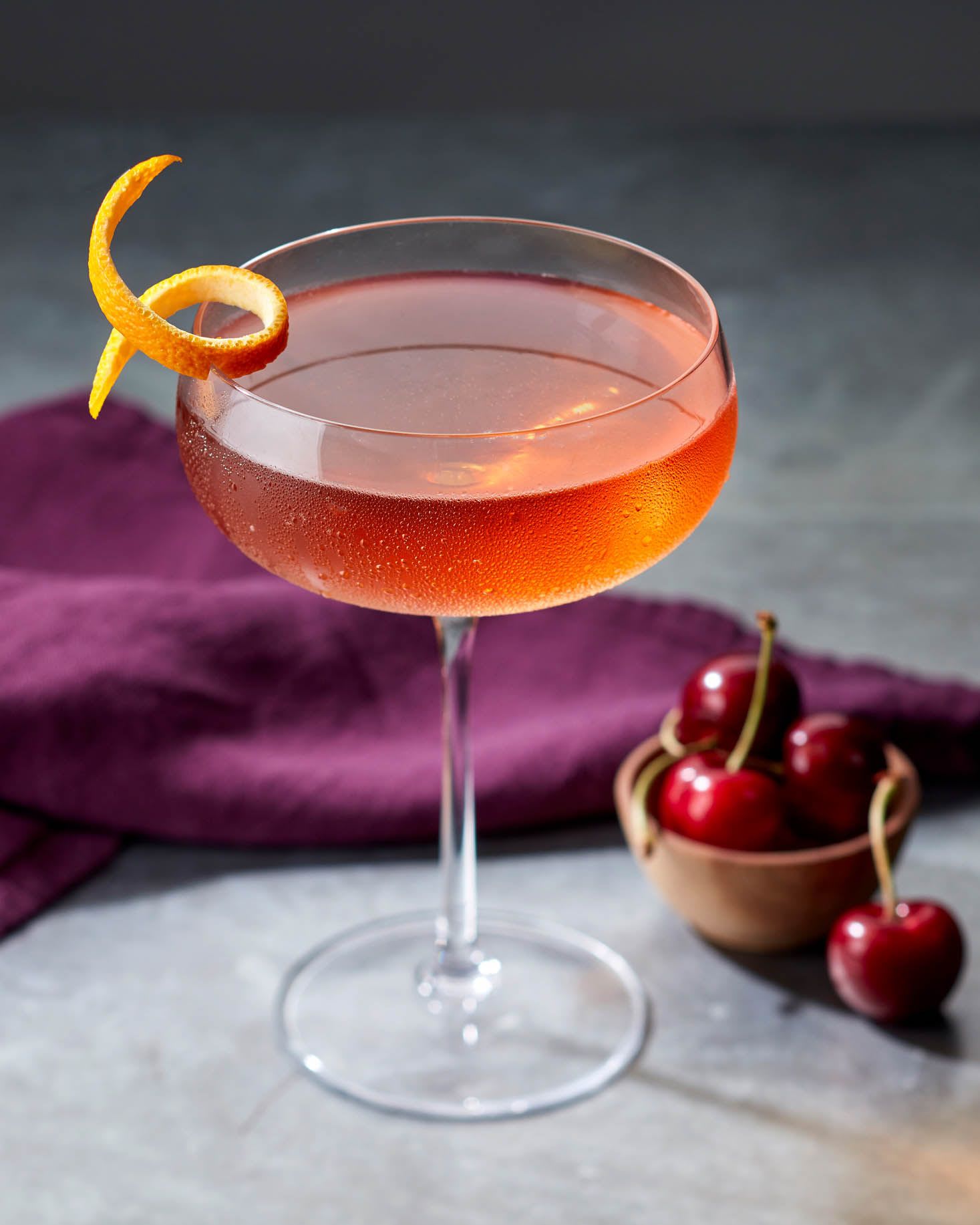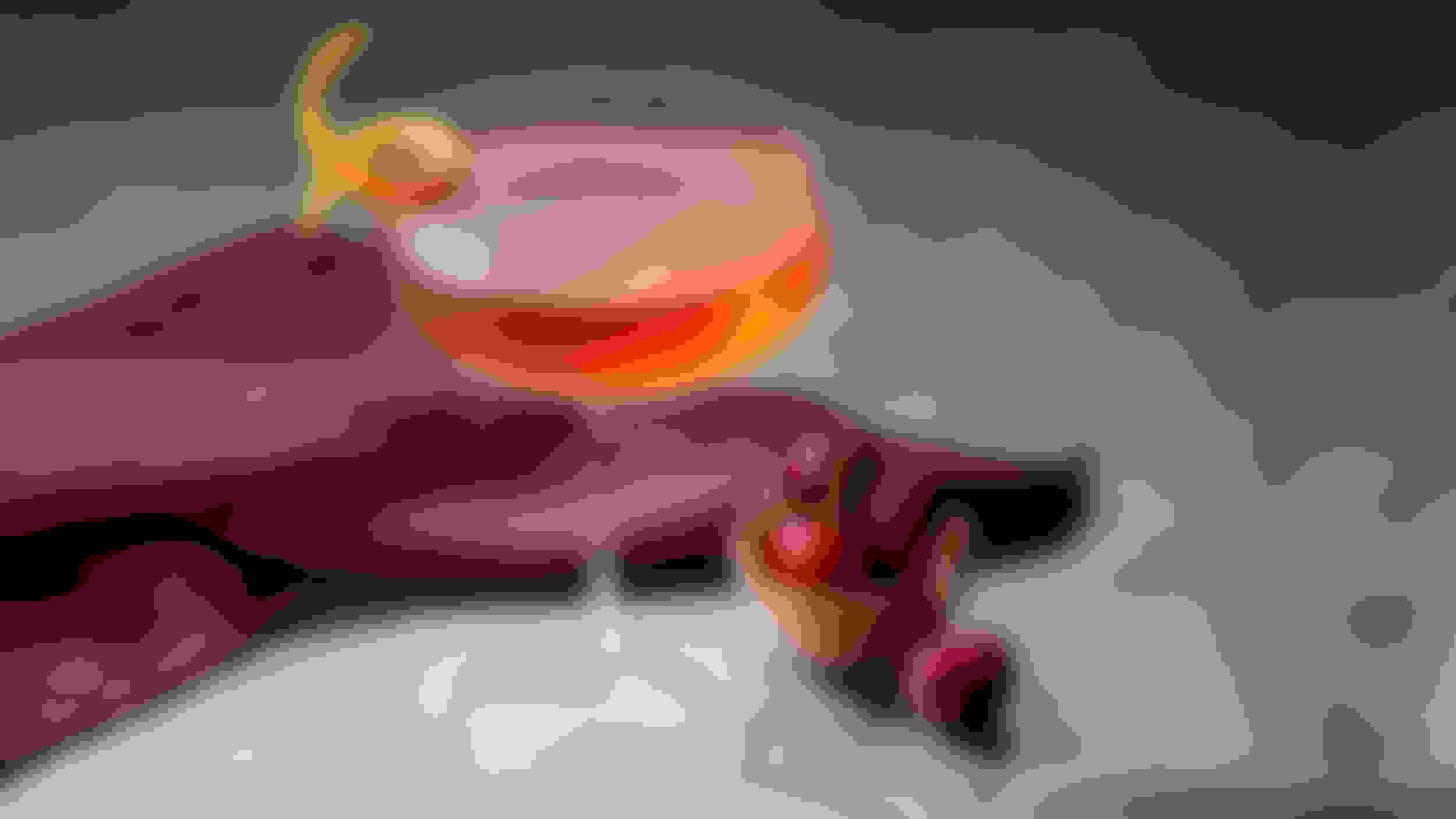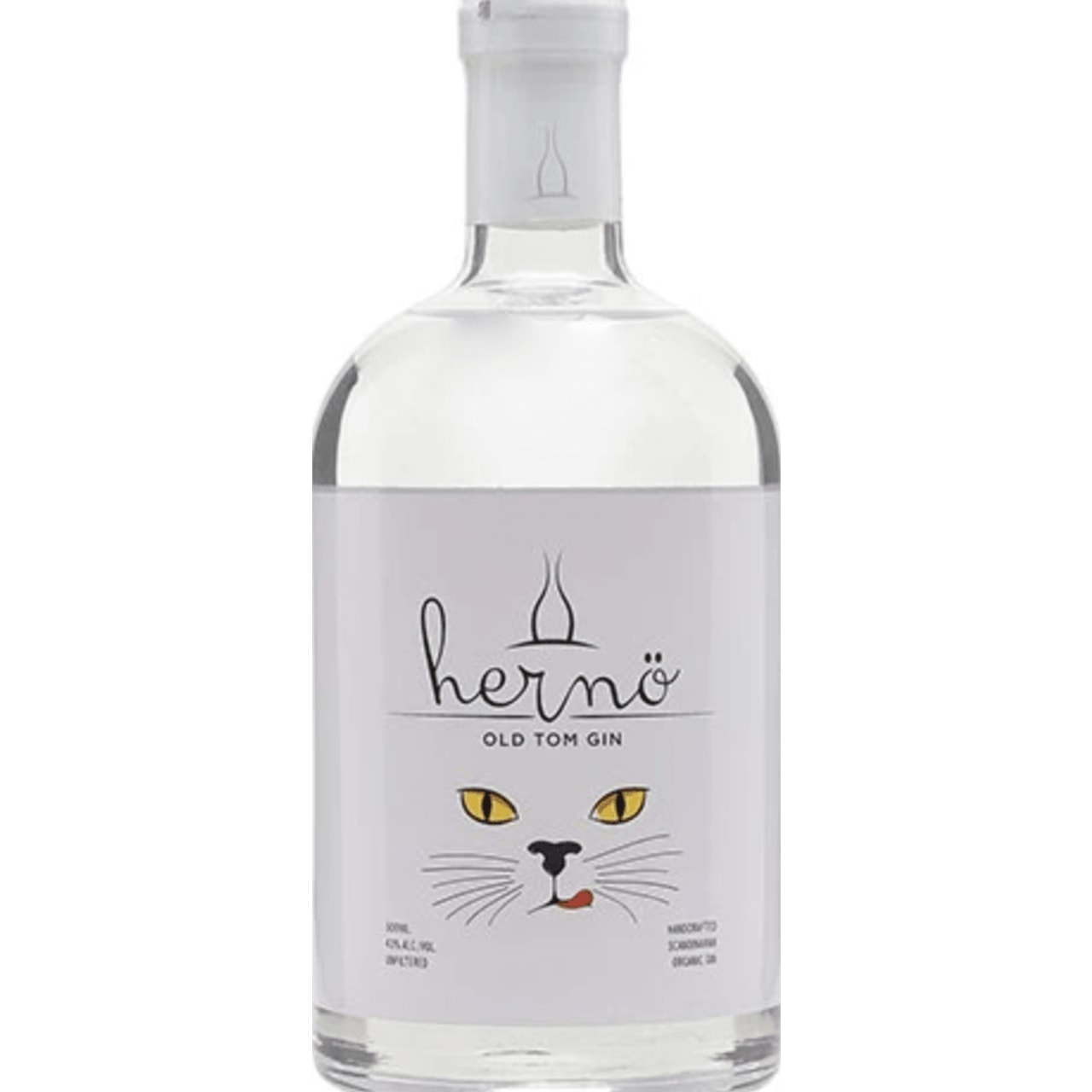This is a perfectly elegant post-dinner cocktail but carries enough spirit to see you through a night of debauchery. An added bonus for those still trapped in the quagmire of dating, is how much you can up-sell your sophistication levels on a first date by ordering a this drink. Just don’t get smug about it – you should have been ordering these for a long time now. If you are making it home, here's some advice…
Top Tips:
If you can, use an Old Tom Gin. Their added sweetness and botanical intensity adds to the mouthfeel and the flavour journey.
If you want to make an authentic cocktail use this old school recipe below - ours is the more widely used modern interpretation of it. The use of malty Genever and sweet orange Curacao makes for a different flavour experience and it is equally delicious.
Old School Recipe
(adapted from the O. Byron original recipe)
50ml Genever
30ml Sweet Vermouth
10ml Dry Vermouth
8ml Orange Curaçao Liqueur
1 dash of Angostura Aromatic Bitters
Add all of the ingredients to a cocktail shaker, filled halfway with ice. Stir. Strain into a chilled Martini glass.
Garnish with a lemon twist.


A not so brief, inebriated history of the Martinez:
Thought to be the ‘Father’ of the Martini, or at least acknowledged to have had a huge amount of influence on it, the Martinez’s origins belong in a cloudy haze of uncertainty.
It most likely started life sometime in the 1860’s or 70’s, but is first known to have been published in O.H. Byron’s The Modern Bartender, in 1884. Byron’s succinct summary of the Martinez states that it is the “same as Manhattan, only you substitute the gin for whisky.” The difficulty in this very simple statement is that he gives two versions of the Manhattan and no suggestion of which the Martinez is to follow; both a dry and sweet Manhattan were recorded. In the years since, this has added greatly to the confusion.
The sweet version was the one that was followed throughout the 1880’s but as an appetite for drier drinks became ubiquitous by the 1920s, the alternative that Byron suggested was used instead.
This also coincides with the availability of such ingredients that were necessary in order to make the latter, and the ban on drinking alcohol in America. This led many American natives to European shores, including some of the best bartenders in America, who thus became influenced by a European taste and style, which is distinctively drier.
Robert Vermier’s, Cocktails: How To Mix Them, verifies this change, presenting a drier Martinez than previous recordings. It is not that dissimilar to Harry Craddock’s version. ‘The Savoy Cocktail Book’ affirms this type of change to Dry French vermouth, further establishing it as a dry gin cocktail.
Throughout the 1930’s further recipes continue along the same vein, and we begin to see that proportionately less vermouth is used to the amount of gin served. Incidentally, during this era the Martini was also slowly being made drier and drier too.
However, it’s worth noting that apart from in Bryon’s guide, there aren’t two separate recipes for the Martinez cocktail in later recipe books; so it does not seem possible that you could order it dry or sweet like you could with the Martini and Manhattan. If this verbal understanding did indeed exist between barkeep and customer, it was never written down unequivocally. This casts doubt over whether this choice was meant to have existed in the first place.
Even though the dry version was published by different authors more times than the sweet version – Today, the dry vermouth based Martinez is almost never the one that is usually produced when ordered at a bar.
This in part has been the case due to Thomas’s influential book, which has got a near cult status. Jerry Thomas’s “The Bon Vivant’s Companion” also gave rise to a recipe that is often thought of to be the drink’s template and one of the tales for where it was first invented…


A few possible origin stories for the Martinez –
The Occidental Hotel in which Thomas was bartender, was a popular drinking spot and good location for a respite in-between the journey from Montgomery Street to Martinez, the route and destination from which tourists took the ferry. Based in California, the story goes that Thomas created this drink for a visitor bound to Martinez, which he subsequently named the cocktail after. However Thomas had not published the Martinez in his edition of this cocktail guide dated to 1862, only writing about it in his 1887 version, circulated two years after his death.
The source is not referenced in his book. Additionally, there is little other evidence that he was the creator.
Indeed, the people of Martinez claim that the namesake Martinez cocktail was first produced in their town. There is even a plaque proudly hung up that commemorates its creation, possibly done so in an effort to protect and certify their story. If this was to be true, then Julio Richelieu’s story could be valid. In about 1870, Richelieu served a customer in his town of Martinez, with a gin and vermouth drink, popped a pickled fruit in and thus created the star of this legacy. Whether this is the real history behind such an iconic drink will always remain a mystery.
The cross over between the Martinez and Martini needs to be examined too.
Whilst now they have been established as two very distinct and separate drinks, it is hard to decipher what their separate histories (if indeed they had separate histories) are and where they are supposed to interweave.
Moreover, just to spite us, the Martine and Marguerite which are also mixes of gin, bitters, and vermouth which were first produced around the same time. This provokes the question of whether or not this bracket of drinks were at one point all the same, but through time and being passed on from one bartender to the next, they came to be the separate drinks that they are today – with their distinguishing yet very similar names.
There is a big question over whether the Martinez and Martini started life as the same drink with different names, but then over time their names got muddled and they evolved into the different drinks that they are today; the former being heavily involved with vermouth and sweet tasting, the latter being a dry cocktail whose central base is that of gin.
Either way, it is commonly believed (by cocktail historians and educated barkeeps) that the Martini and Martinez are related, but it seems we will never be certain.



